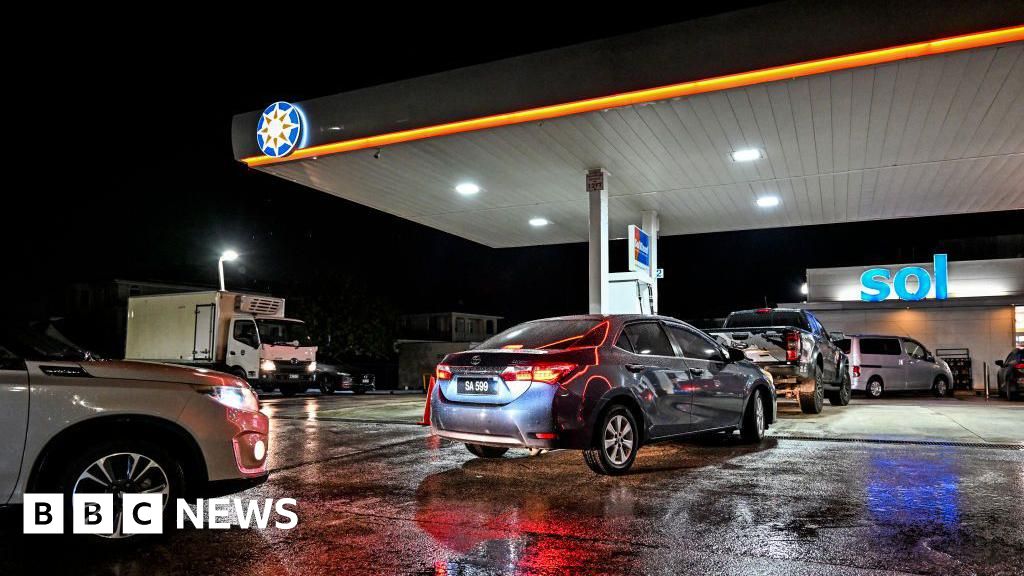From Dr. Roy Spencer’s Global Warming Blog
Roy W. Spencer, Ph. D.
One of the main complaints rational people have had about global warming projections is that the “baseline” scenarios assumed for future CO2 emissions are well above what is realistic. As Roger Pielke, Jr, has been pointing out for years, the U.N. IPCC continues to make these exaggerated scenarios a high priority, and it looks like the next IPCC Assessment Report (AR7) will continue that tradition.
While Roger doesn’t believe there are nefarious motives in this strategy, I do: The IPCC knows very well that as long as climate models are run that produce extreme amounts of climate change, few people will question the assumptions that went into those model projections. Peoples’ careers now depend upon the continuing fear of a “climate crisis” (which has yet to materialize).
But I haven’t been able to find a good, recent graph showing how actual global CO2 emissions compare to those scenarios. So I made one. In the following plot I show estimates of global CO2 emissions from fossil fuel use through 2023, and EIA projections every 5 years from 2025 through 2050 (green). Also shown are the latest (AR6) SSP scenarios that come closest to the AR5 RCP scenarios. (In order to get the SSP scenarios to line up pretty well with the actual emissions in the early years I had to subtract the SSP land use CO2 emissions from the SSP total CO2 emissions values).
While an emissions scenario like SSP5-8.5 has been widely used to scare humanity with climate model projections of extreme warming, this plot shows the last several years of global emissions (through 2023) suggest the future will look nothing like that scenario.
(And, it should come as no surprise that “Net Zero” emissions by 2050 is a delusion.)
I encourage everyone to subscribe to Pielke’s The Honest Broker substack, where he discusses this and related issues in great detail.
Related




















Discussion about this post